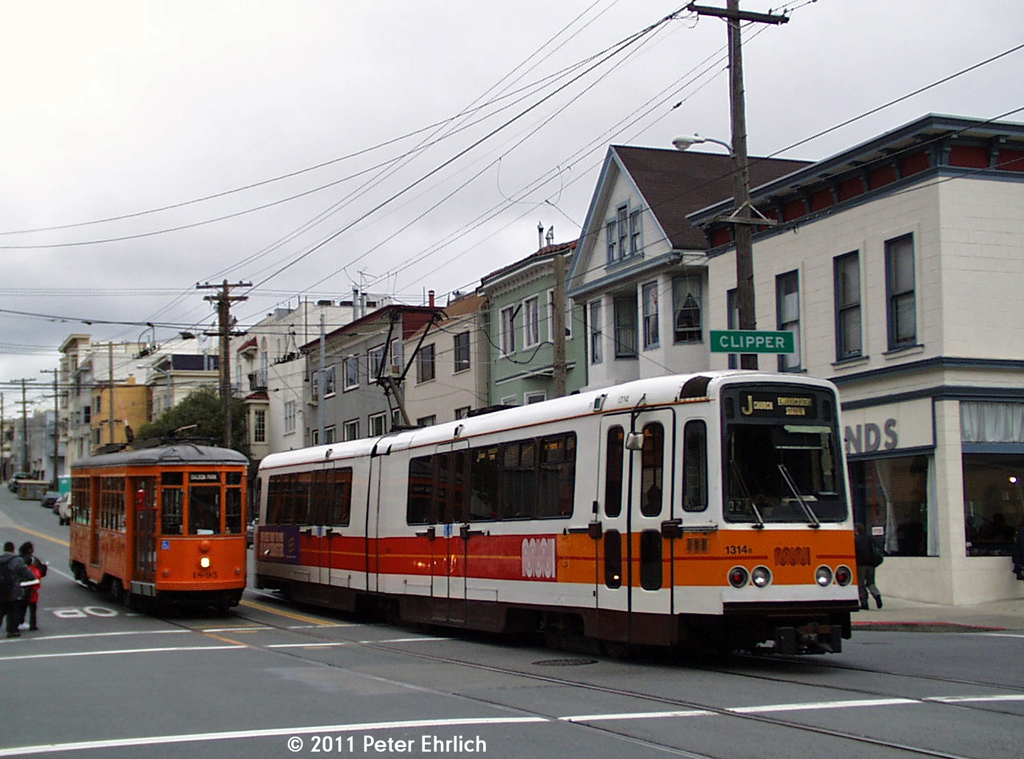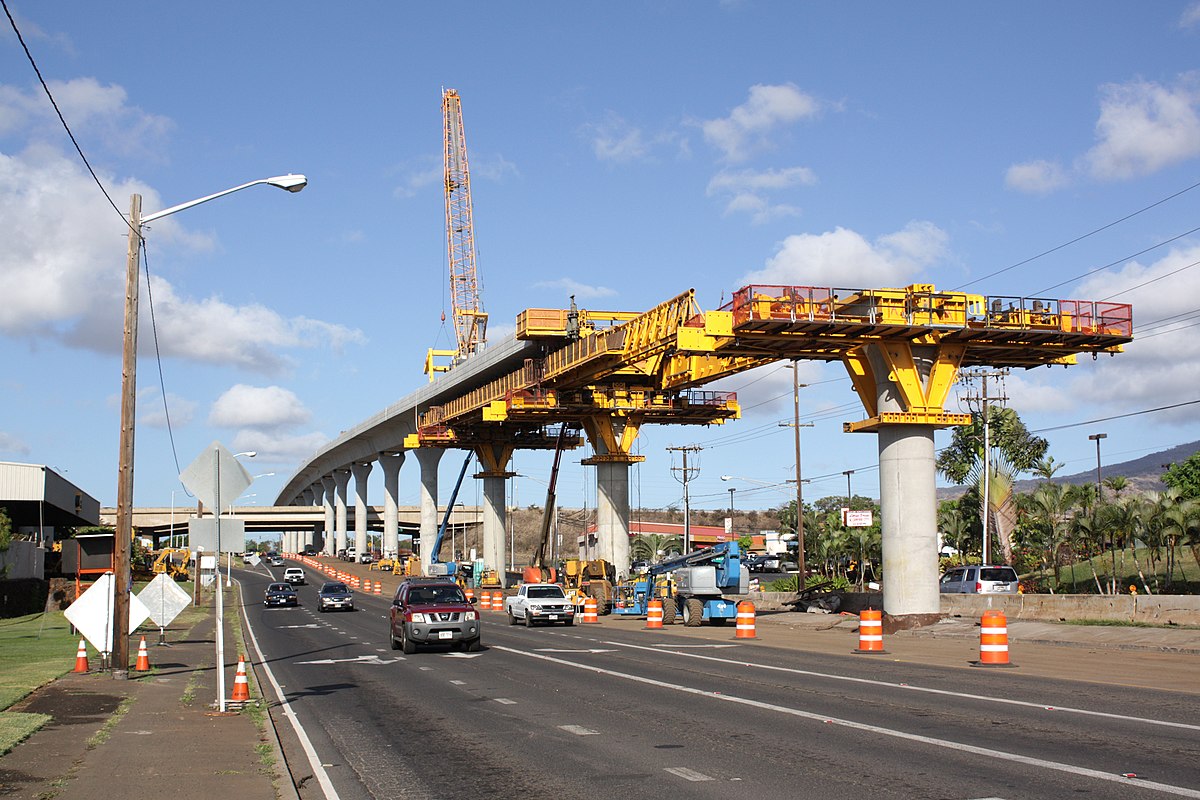LRT's advantages are as much political as technical.
First: LRT's primary advantage is that it can use rail corridors to achieve rapid transit status. Cars can't use railway right of way, so there is no competition with cars. This advantage is not limited to LRT. As both the BRT tunnels in Pittsburgh and the Orange line in LA have shown, BRT can use railway right of way quite well. Buses, driven by professionally trained drivers, can pass each easily in 22' (11' per bus). I recall the buses in Eugene, Oregon, coming scarily close. (Railway right of way is only ~22' wide at different points, which is too narrow for even two lanes of car traffic 10' lane + 10' lane + 8' safety area + 8' safety area). Word on the street is that international Fire Code mandates 26' of clear space as necessary for emergency operations.
Second, LRT vehicles are heavier, so they stop more slowly, which makes sharing a lane with cars much more dangerous, especially at high speeds, and consequently less likely to happen.A train in a highway median gets to keep its separated guide-way, and no crank(y) politician can change that. BRT 'Freeway Flyers' (BRT in an exclusive freeway lane) inevitably become BRT in a HOT lane, with consequent degradation in speed and reliability. Trains don't have the problem.
There may be one area where LRT has an actual advantage: Elevated track, with very right clearances. There have been experiments with 'guided' BRT, using things like optical sensors, guidewheels, or specially constructed guide-track. 'The Gap' between vehicle and platform can be an issue, and I'm not sure how well BRT does in that regard.
However, a 'train' portion (exclusive/separated) guideway is expensive. Denver, Seattle, and LA all achieved it by putting light rail in freeway medians. LA is increasing achieving it through the use of elevated lines (albeit at very high prices). Seattle has tunneled, at a cost of over a hundred million dollars a mile.











